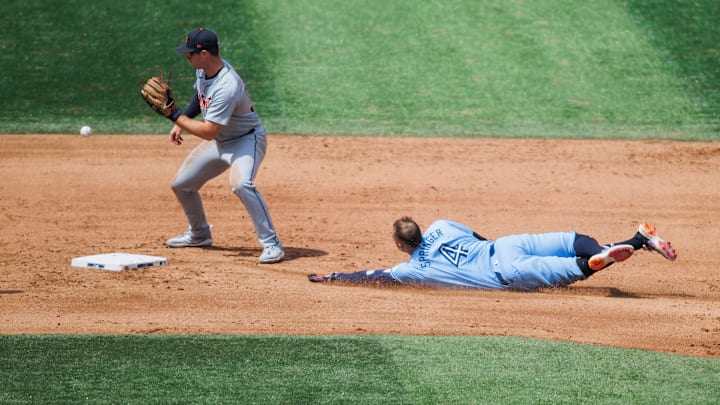Baseball fans from SW Ontario likely to visit Comerica if Tigers advance
Yes, the Tigers were the bane of my September 1987 existence, sweeping the Blue Jays in Detroit on the final weekend that season to take the AL East by 2 games… after Toronto had been in first place by 3½ games over Detroit with a week left to play… before losing seven in a row.
But let’s let bygones be bygones: this was an incredible turnaround by a special young group in Detroit, and serves as a reminder to baseball fans just how fickle the game can be. But it should also remind Blue Jays fans how magical and inspiring a plucky team — playing like they have nothing to lose — can be.
Comerica Park in downtown Detroit is one of the best stadiums to watch a major league ballgame, so if the Tigers can get through the ALWC on the road against Houston, it wouldn’t be a surprise to see baseball fans from southwestern Ontario make the pilgrimage to cheer them on in the ALDS against the Guardians.
Given the Blue Jays only came into existence in 1977, many old timers are still Tigers fans. Detroit also had a Double-A minor league affiliate in London, Ontario from 1989 to 1993.
And while we’re at it, imagine the storylines if the Tigers advance to play the Rob Thomson-led Phillies in the World Series? Thomson grew up in nearby Corunna, Ontario, right across the St. Clair River from Michigan and less than 120 kilometers from downtown Detroit.
He was a catcher and third baseman in the Tigers organization from 1985 to 1988, and was a minor league coach for the Double-A London Tigers in 1989. He managed Philadelphia to their first NL East title in 13 years this season after guiding them to the playoffs two straight seasons as a Wild Card and losing the 2022 World Series 4-2 to Houston.
